| Structure | Name/CAS No. | Articles |
|---|---|---|
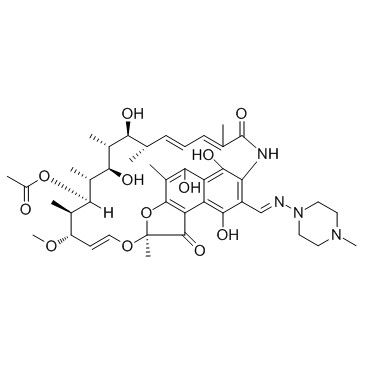 |
Rifampicin
CAS:13292-46-1 |
|
 |
Erythromycin
CAS:114-07-8 |
|
 |
Iodoacetic acid
CAS:64-69-7 |
|
 |
Clindamycin phosphate
CAS:24729-96-2 |
|
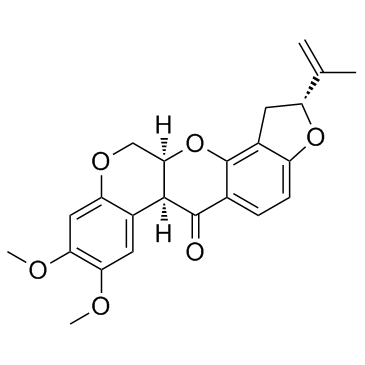 |
Rotenone
CAS:83-79-4 |
|
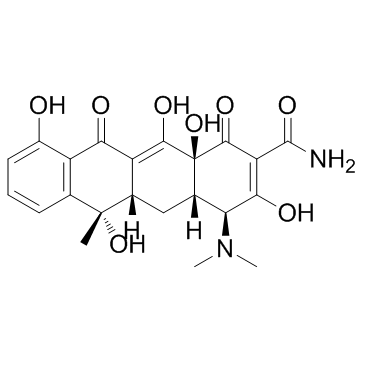 |
Tetracycline
CAS:60-54-8 |
|
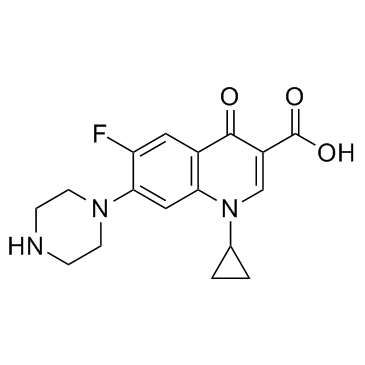 |
Ciprofloxacin
CAS:85721-33-1 |
|
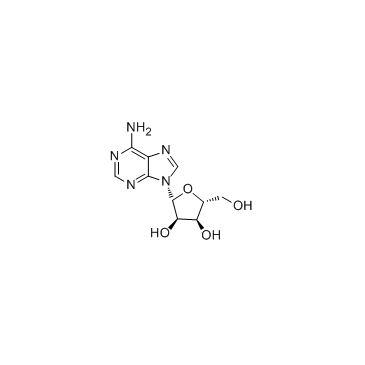 |
Adenosine
CAS:58-61-7 |
|
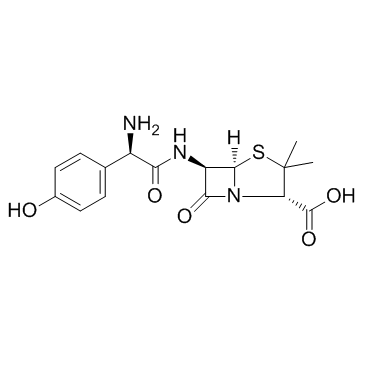 |
Amoxicillin
CAS:26787-78-0 |